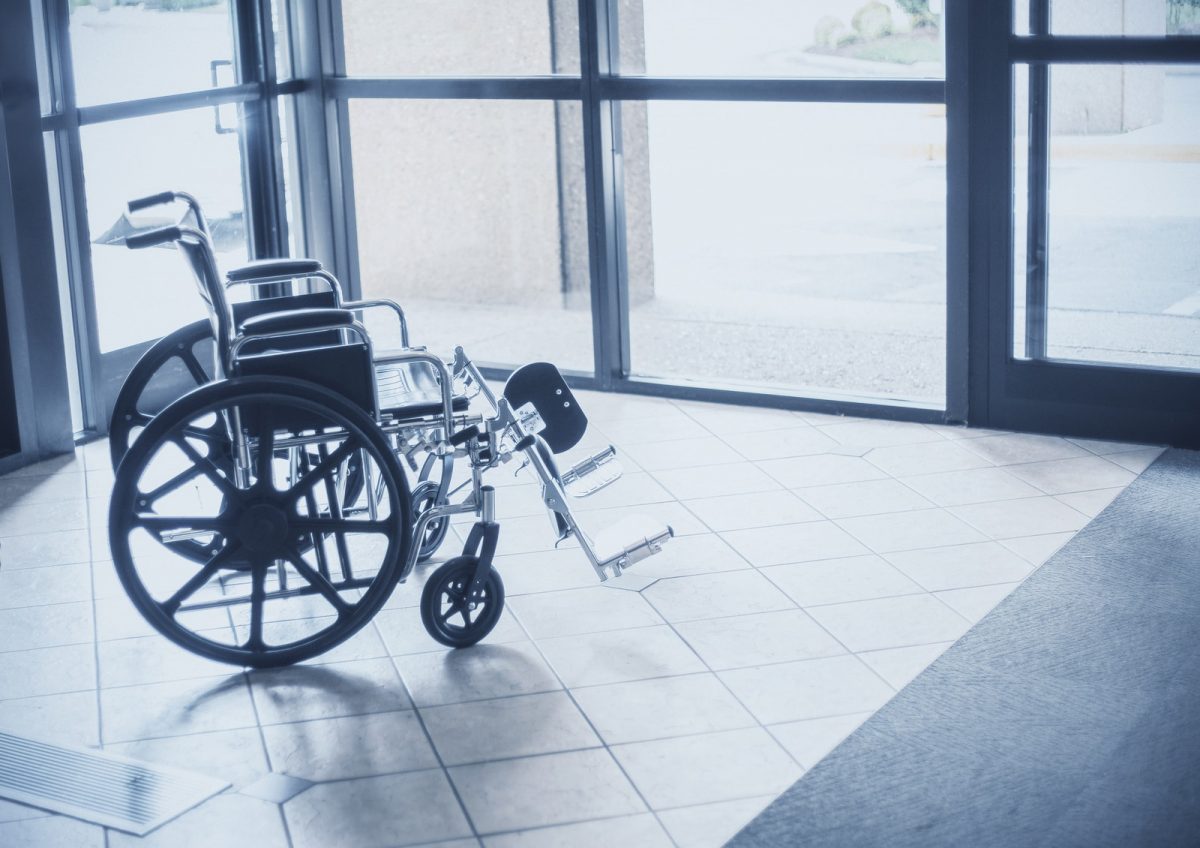To the outside observer, healthcare operations like nursing homes and long-term care facilities may seem like relatively safe, low-risk workplaces. Unfortunately, this is not the case; employees of these facilities are exposed to some of the highest rates of work-related injuries across industries – even higher than dangerous operations like mining and manufacturing. As a result of the high injury risk, long term care facilities face significant expenses in workers’ compensation claims. In order to mitigate the costs, there are several factors that can be applied to make workplace conditions safer for employees of these critical facilities.
Injuries in Nursing Home Facilities
According to data collected by the Bureau of Labor Statistics, employees of nursing homes and skilled care facilities experience injury rates seven times higher than average rates across all industries. This includes potentially hazardous industries like logging, construction, mining, and manufacturing. The injury rate is so great that OSHA, the Occupational Safety and Health Administration, launched an awareness campaign about safety in nursing homes and created an initiative to reduce the potential for injury. Several states have also passed legislation to make nursing home workplaces safer for the employees of these facilities.
What are the factors that influence the high rate of injuries in long-term care facilities? There are many potential tasks that can lead to employee injuries, but the vast majority of injuries occur during lifting, transporting, and repositioning of patients. Large healthcare facilities may have specialized equipment and protocols, including “lift teams” and mechanical lift-assist devices, to move patients in and around the facility. Smaller nursing homes may not have this equipment, relying instead on employees to carry the patient load. As a result, musculoskeletal injury claims lead to lost work days, reduced productivity, and expensive medical claim payments.
Preventing Workplace Injuries
There are several steps nursing home facilities can take to reduce injuries on the job. While many such facilities provide on-the-job training in proper patient handling, employees may, over time, forget this crucial training or may take shortcuts to speed up patient interactions. Of course, failing to handle patients properly can lead to significant injury rates. To prevent workplace-related injuries, nursing homes should:
- Provide regular and ongoing ergonomic training to all employees.
- Invest in specialized lifting and transporting equipment.
- Ensure employees hired are fit for duty – can they perform the tasks with patient and employee safety in mind?
- Provide managerial oversight to ensure employees are following safety protocols when lifting or transporting patients.
- Adhering to OSHA regulations and guidelines for patient handling protocols.
- Reducing or eliminating slip and fall hazards through employee awareness and facility maintenance programs.
By taking the steps to make workplaces safer, nursing homes can reduce their exposure to workers compensation claims. Workers comp insurance is designed to provide coverage for injured employees by paying for medical expenses, lost time, and lost wages, and as such represents part of the overall risk management system for long-term care facilities. As can be expected, however, as claims rise, so do the expenses associated with these insurance plans. Nursing homes have an obligation to provide safe work environments for their employees. By implanting rigorous training, reducing hazards, and protecting employee safety, nursing home facilities can slash their workers compensation expenses while providing a safer work experience for all employees.
About Caitlin Morgan
Caitlin Morgan specializes in insuring assisted living facilities and nursing homes and can assist you in providing insurance and risk management services for this niche market. Give us a call to learn more about our programs at 317.575.4440.


